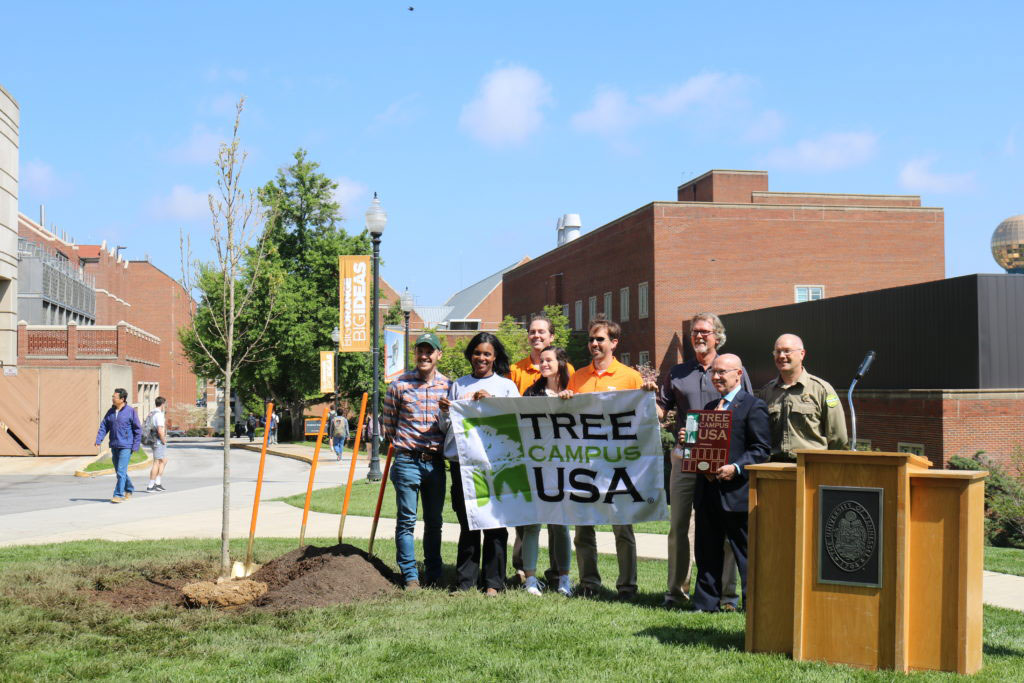UT Knoxville was recognized as a Tree Campus USA by the National Arbor Day Foundation in April 2018.
![]()
8750 Trees on Campus
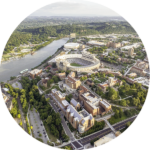
Biggest Tree Campus in Tennessee
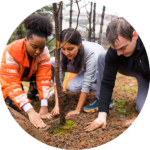
Multiple Tree Events Every Year
Five Standards
To be recognized as a Tree Campus, UT Knoxville has to meet five standards to showcase our dedication to the campus environment.
A Campus Tree Advisory Committee comprised of members representing the diverse audience of those with a stake in campus trees is established and meets regularly.
This committee must include a representative from:
- Student (undergraduate or graduate)
- Faculty
- Facility Management
- Community
To join the committee, or get more information on ways to get involved with the Tree Campus contact sustainability@utk.edu.
Our Campus Tree Care Plan provides the opportunity to set good policy and clear guidance for planting, maintaining, and removing trees. It also provides education to the campus community, citizens, contractors, and consultants about the importance of the campus forest and the protection and maintenance of trees as part of the growth and land development process.
A Campus Tree Care Plan must include:
- Clearly stated purpose.
- Responsible authority/department who enforces the Campus Tree Care Plan.
- Establishment of a Campus Tree Advisory Committee, terms of the representatives, and role committee plays.
- Campus tree care policies for planting, landscaping, maintenance and removal including establishing and updating a list of recommended and prohibited species; managing for catastrophic events.
- Protection and Preservation policies and procedures – include process for implementing tree protection plan including step-by-step process that every project must follow including construction and trenching.
- Goals and Targets – develop at least one goal and target for your Campus Tree Plan. These could include (but are not limited to) tree canopy target, development of a link between the Campus Tree Plan and other green initiatives on campus or in the community; completion of a campus-wide tree inventory, etc. Include how the goal will be measured.
- Tree damage assessment, including enforcement, penalties, and appeals.
- Prohibited practices.
- Definitions of terminology related to campus trees.
- Communication strategy—how the campus tree care plan will be communicated to the college community and contractors to heighten awareness about policies and procedures as well as the goals of the institution.
To be designated a Tree Campus USA, we must allocate finances for our annual campus tree program.
Expenditures could include, but are not limited to:
- Cost of trees purchased
- Labor, equipment and supplies for tree planting, maintenance (pruning, watering, fertilization, mulching, competition control, etc.) and removal, if needed
- Value of volunteer labor and other contributions from student or civic organizations
- Staff time dedicated to campus forest planning, tree care contractors
- All associated costs of the campus tree management including:
- Public education related to the campus forest;
- Professional training;
- Related association memberships (International Society of Arboriculture and local chapter, Society of Municipal Arborists, state urban forest council, etc.);
- Campus tree inventory
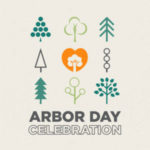 An Arbor Day observance provides a golden opportunity to educate the campus community on the benefits of the trees on their campus property and in the community. We celebrate Tennessee Arbor Day on the first Friday in March, and National Arbor Day on the last Friday in April.
An Arbor Day observance provides a golden opportunity to educate the campus community on the benefits of the trees on their campus property and in the community. We celebrate Tennessee Arbor Day on the first Friday in March, and National Arbor Day on the last Friday in April.
The Service-Learning project is the spirit of the Tree Campus USA initiative. The project should provide an opportunity to engage the student population with projects related to trees and can be part of a campus or community initiative. The project must be done within the course of the year application is submitted.
Project ideas include, but are not limited to:
- Volunteer tree plantings or tree maintenance
- Tree inventory (campus or community)
- Establishment of campus arboreta
- Student-led effort to have community designated a Tree City USA
- Coordinate internships with the urban forestry or parks department in your community
- Assist Project Learning Tree or other programs centered around trees in training teachers at schools near your campus or organize training for your school’s College of Education
- Other tree-related service learning or educational programs for students
- Partnership with state forestry departments on regional projects
UT Tree Resources
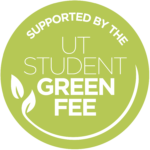
The Green Fee approved two projects that will not only help benefit trees on campus, but help our overall environmental goals. Read about these projects and other UT tree resources:
- Wood Waste Reduction
- Tree Inventory and Community Viewer
- Facilities Services Landscape Team
- Campus Tree Care Plan
- Tree Campus Press Release
Tree Benefits to our Campus
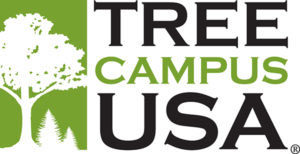 Trees provide numerous benefits to our campus, as well as Knoxville. Aside from being ascetically pleasing, they help improve air quality and help us to achieve out environmental goals. Here are but a few of the many benefits of trees to our campus:
Trees provide numerous benefits to our campus, as well as Knoxville. Aside from being ascetically pleasing, they help improve air quality and help us to achieve out environmental goals. Here are but a few of the many benefits of trees to our campus:
- The commitment we have to trees on our campus significantly reduces the amount of energy we need to generate.
- Planting and maintaining trees reduces carbon dioxide in the atmosphere.
- Green spaces give students and faculty the setting to relax with others.
- Trees reduce stormwater runoff by capturing and storing rainfall in the canopy and releasing water into the atmosphere through evapotranspiration. See what the world would look like without trees when it rains.
- As trees grow, they help stop climate change by removing carbon dioxide from the air, storing carbon in the trees and soil, and releasing oxygen into the atmosphere.
- And many more!
